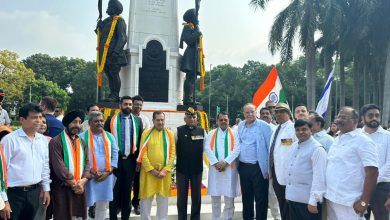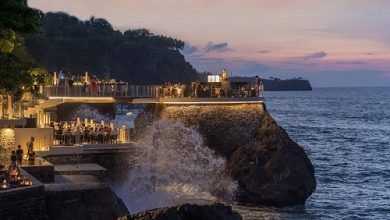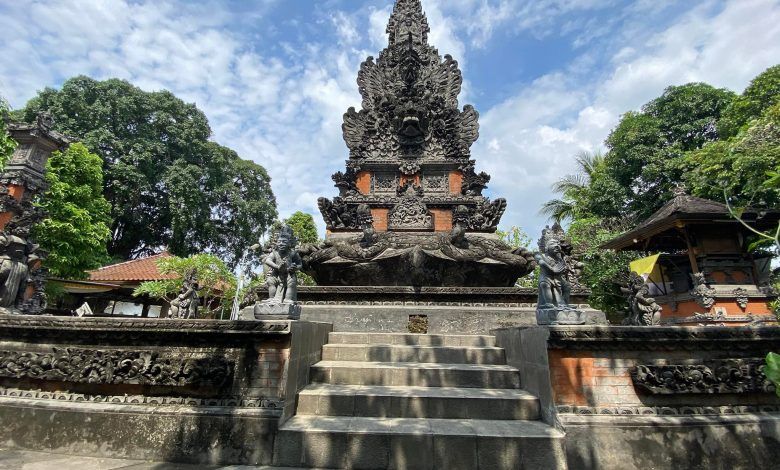
Melting pot of multiculturalism
Jakarta : I visited a mosque and a church facing each other separated by a busy road in Jakarta. These two were being connected by an underground tunnel for a trouble free movement of devotees since they have a history of sharing their parking facilities on special occasions like Eid and Christmas.
I went to a Hindu temple and a mosque, next to each other, sharing a common row of shops and parking area.
I visited a mosque, a church, a Buddhist vihara, a Balinese Hindu temple and a Confucian temple They were all sharing the compound.

The above three are the finest examples of a peaceful coexistence of people of different ethnicities and social, cultural and religious diversities in Indonesia, a Muslim majority nation whose motto Unity in Diversity is enshrined in its constitution.
The capital of Indonesia, Jakarta, has more than 3,000 beautiful mosques spread across the city which is the country’s largest in terms of area and population. In this mega metropolis every mosque’s minar (tower) and dome is a piece of art and colourful craftsmanship. Each of the mosque lends a rainbow effect to the lush green skyscape dominated by red-tiled roofs of homes.
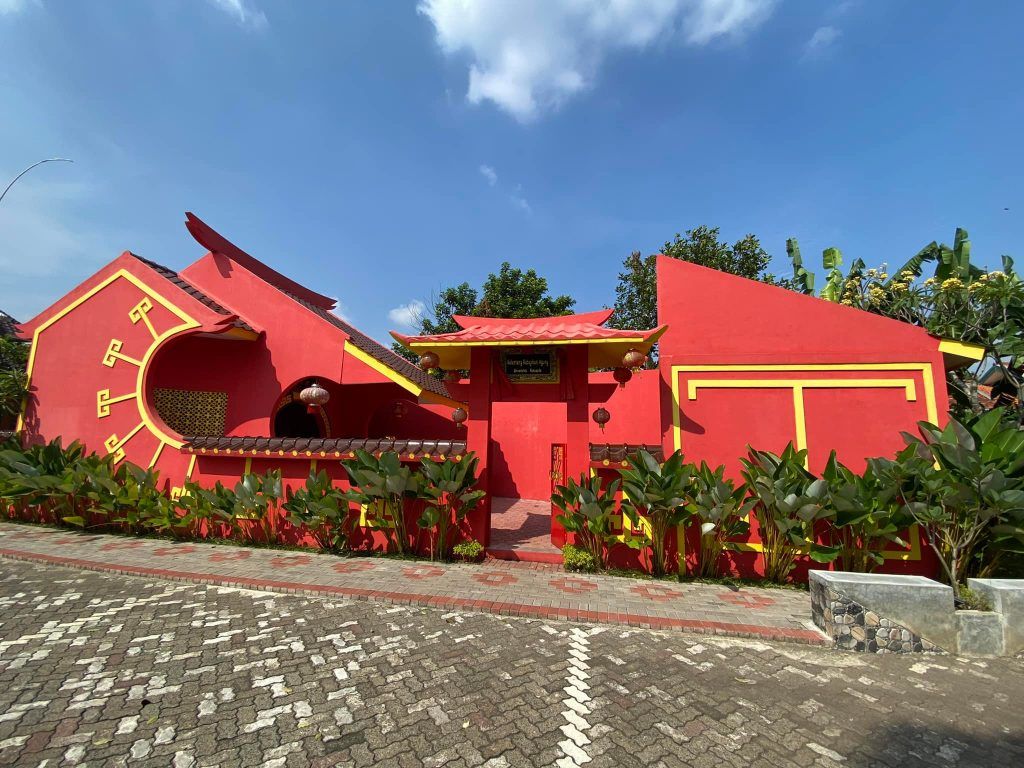




There are Balinise Hindu temples with unique open air architecture and gateways, Buddhist Viharas, Confucian Temples and churches in the city. There is also a gurudwara (Sikh temple) in Pasar Baru Timur, Kecamatan Sawah Besar.
Many of these mosques, temples and churches have become iconic landmarks of the capital which has gone about expanding its city limits like Delhi.
When Prince Fatahillah founded Jakarta in the year 1527, it was a small harbour town. After its takeover by the Dutch East Indies Company in the year 1619 it grew into a big beautiful city with Batavia as its main attraction.
After independence in 1945 the city has taken giant strides of development and become a mega metropolis of South East Asia. During this journey the city went on expanding by bringing in villages into its limits and today it is spread over 661.5 square kilometres.





Back home in India the same model of expansion was used by the British while developing New Delhi as the capital of British India, right next to the imperial capital Shahjahanabad. Mughal Emperor Shahjahan (1628- 58) had developed Shahjahanabad as his capital between 1639 and 1648 along the banks of river Yamuna.
However Delhi’s true story of expansion started in the year 1911 when its foundation was laid by King George V as the Capital of British India. Till then Calcutta served as the capital. Today the National Capital Territory covers an area of 1,484 square kilometres, making it the largest metropolitan area in India — the second largest in the world after Tokyo.
A couple of temples are in the cantonment areas of Jakarta but easily accessible. Army areas, army personnel, as well as policemen are there in the city. People respect them. And they return this favour by shunning their arrogance and stif neck haughty attitude.
The Vihara Bhakti Temple near the China Town in Glodok area is the oldest Chinese temple of the Buddhist Mahayana school of thought, while the Adhitya Jaya Temple located in the Rawamangun area of East Jakarta transports one straight to Bali. Trimurti is the presiding deity of this beautiful open air large temple with separate enclosures for Ganesha, Vishnu, Hanuman and Saraswati.
One must visit the mosque, church and the temples complex located inside the Pancasila University to understand the true meaning of Unity and Diversity. Grandest of all religious structures in Jakarta is Istiqlal Mosque which is the largest in South-East Asia. Designed by French Christian architect Frederich Silaben in 1954 to commemorate the nation’s independence movement, this five-storey mosque accommodates 200,000 people at a time.
Four levels of balconies and a huge 45 meters prayer hall leave you glued to the spot admiring the interiors and sheer size of the hall. When in Jakarta a visit to this mosque is must. Non-Muslims are allowed to enter the mosque.
Next to the mosque across the road is Jakarta’s famous St Mary of the Assumption Cathedral consecrated in 1901. The cathedral is also the seat of Roman Catholic Archbishop of Jakarta. Both these places of worship are near Merdeka Square.






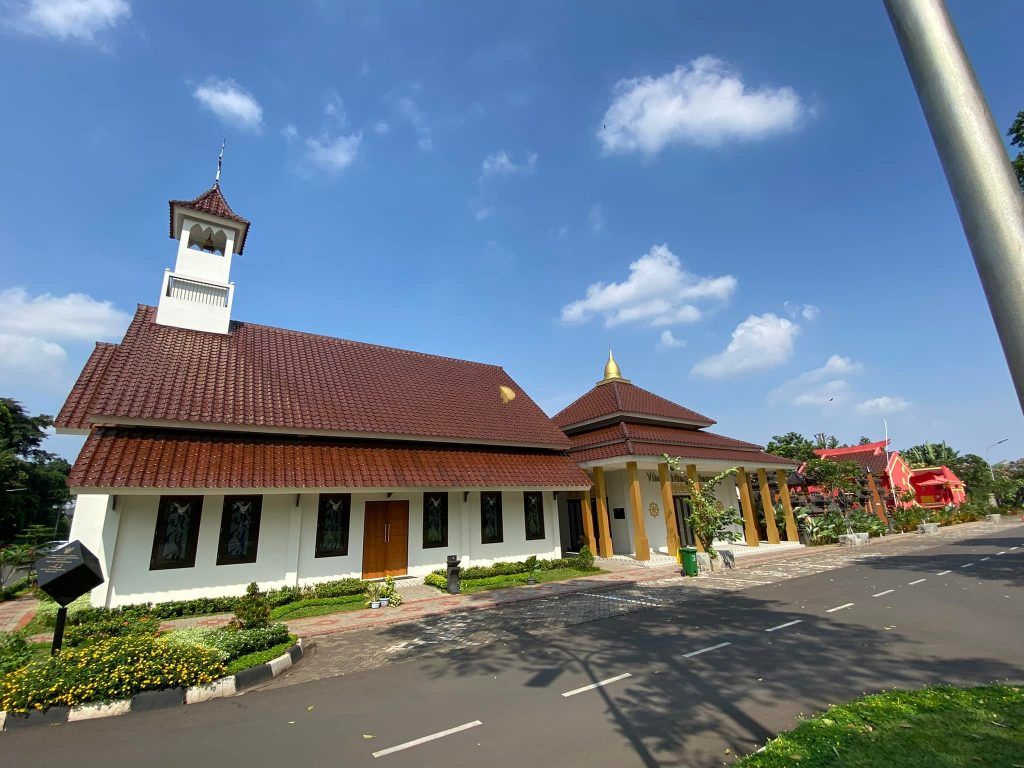
The motto of Unity in Diversity is so deeply ingrained in the nation’s psych that a local Muslim driver accompanying me to the Pancasila University campus proudly pointed out the five religious institutions and said: “This unity is the nation’s strength.”
It indeed is a unique nation — 17,508 islands, more than 1,000 ethnic groups, six recognised religions and more than 700 local languages. Holding this nation together are the belief in Unity in Diversity motto, common spoken language Bahasa, multiculturalism and its people’s accommodating and easy going attitude.


